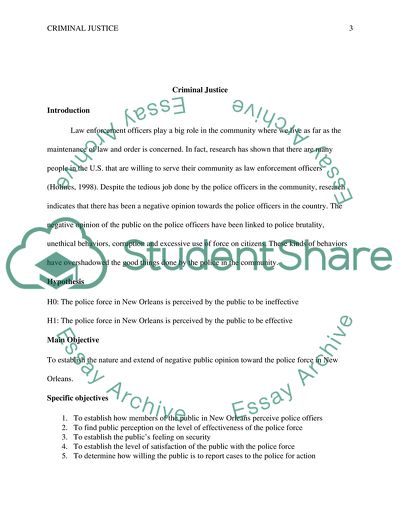Cite this document
(“Police in Community Relations Term Paper Example | Topics and Well Written Essays - 2500 words - 1”, n.d.)
Police in Community Relations Term Paper Example | Topics and Well Written Essays - 2500 words - 1. Retrieved from https://studentshare.org/social-science/1791889-criminal-justice
Police in Community Relations Term Paper Example | Topics and Well Written Essays - 2500 words - 1. Retrieved from https://studentshare.org/social-science/1791889-criminal-justice
(Police in Community Relations Term Paper Example | Topics and Well Written Essays - 2500 Words - 1)
Police in Community Relations Term Paper Example | Topics and Well Written Essays - 2500 Words - 1. https://studentshare.org/social-science/1791889-criminal-justice.
Police in Community Relations Term Paper Example | Topics and Well Written Essays - 2500 Words - 1. https://studentshare.org/social-science/1791889-criminal-justice.
“Police in Community Relations Term Paper Example | Topics and Well Written Essays - 2500 Words - 1”, n.d. https://studentshare.org/social-science/1791889-criminal-justice.


